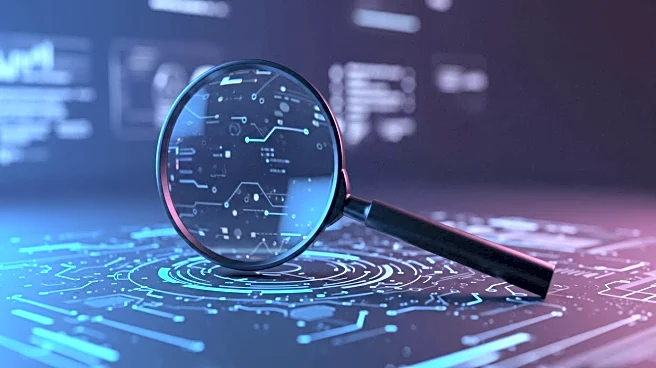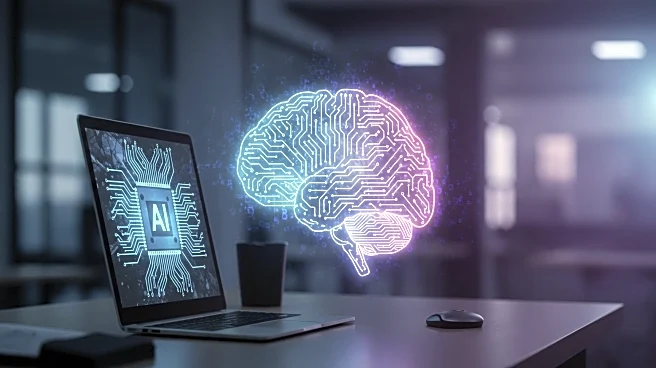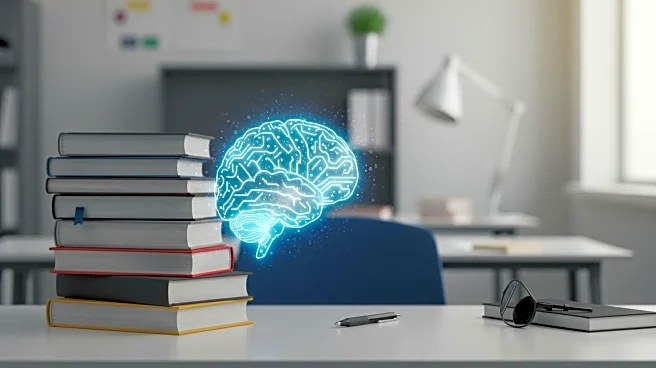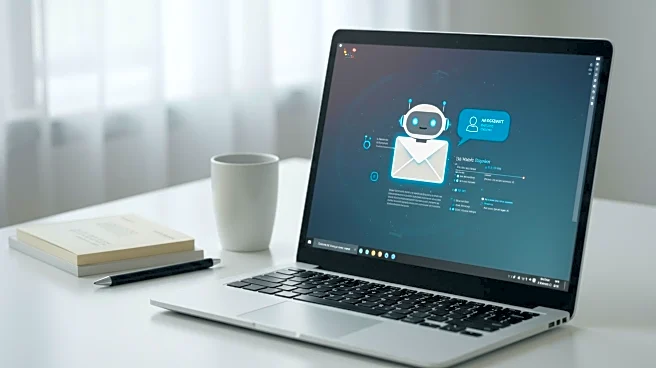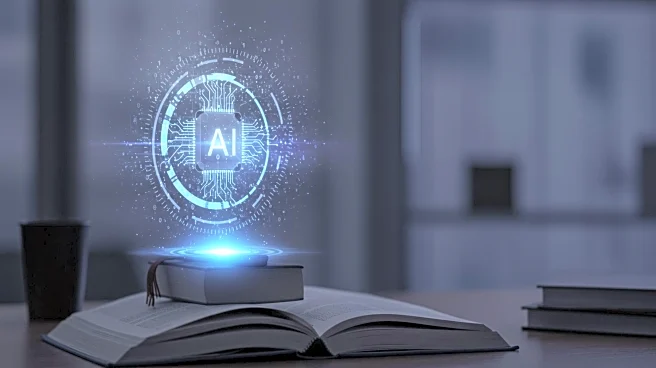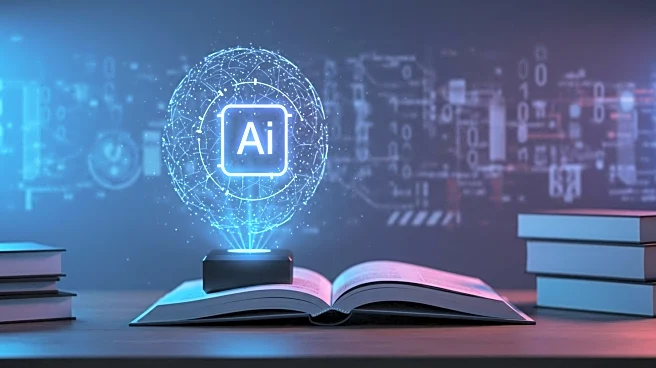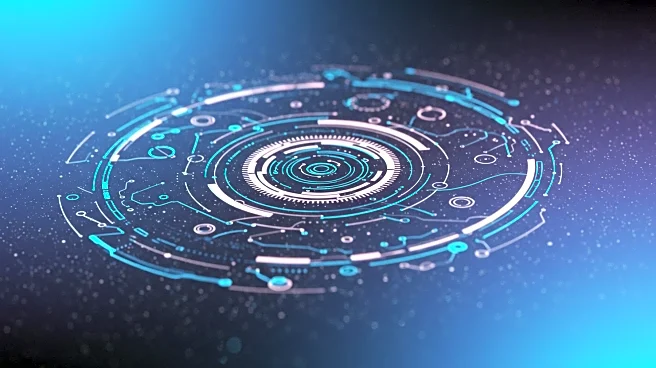What's Happening?
With the rise of AI writing tools like ChatGPT, educators are facing challenges in identifying AI-generated student work. Common indicators of AI-written content include repetitive use of key terms, unnatural language, and generic explanations. Educators are advised to familiarize themselves with AI capabilities and use AI tools to detect potential cheating. Strategies include comparing student writing samples with suspected AI-generated work and asking for rewrites to identify AI patterns. The goal is to maintain academic integrity in the face of evolving AI technology.
Why It's Important?
The prevalence of AI writing tools poses a threat to academic integrity, as students may use these tools to complete assignments without genuine understanding. Educators must adapt to these challenges by developing methods to detect AI-generated content and ensure fair assessment. The situation highlights the need for updated educational practices and policies to address the impact of AI on learning and evaluation. As AI continues to influence education, stakeholders must balance technological advancements with maintaining academic standards.
What's Next?
Educators may need to implement new strategies and tools to detect AI-generated content, potentially influencing teaching methods and assessment practices. The conversation around AI in education may lead to the development of guidelines and policies to ensure responsible use of AI tools by students. As the landscape evolves, educators will need to navigate the balance between leveraging AI for learning and preserving academic integrity.
Beyond the Headlines
The challenge of detecting AI writing reflects broader concerns about the impact of technology on education. It underscores the need for ongoing dialogue about the role of AI in learning and the importance of maintaining educational values. As AI continues to evolve, stakeholders must consider the long-term effects on teaching practices and student development.
